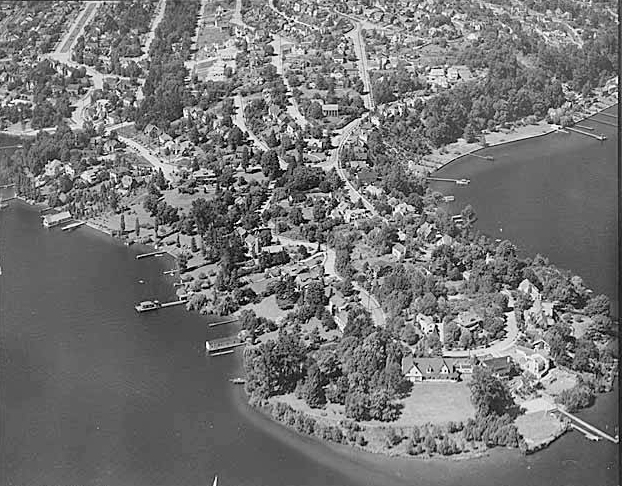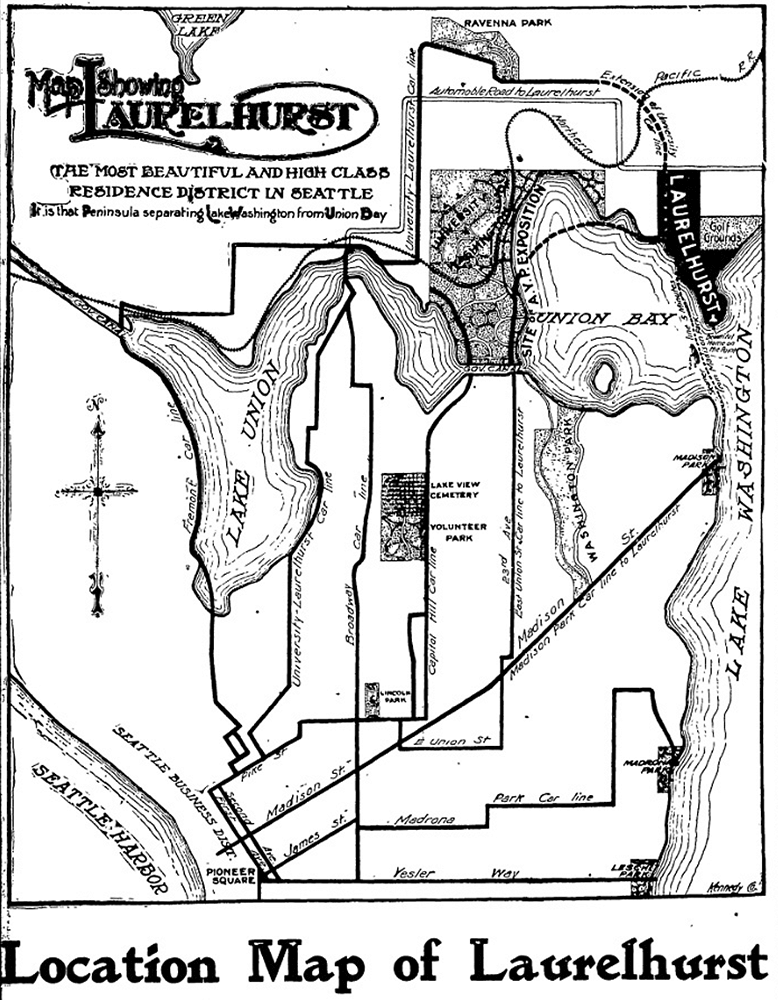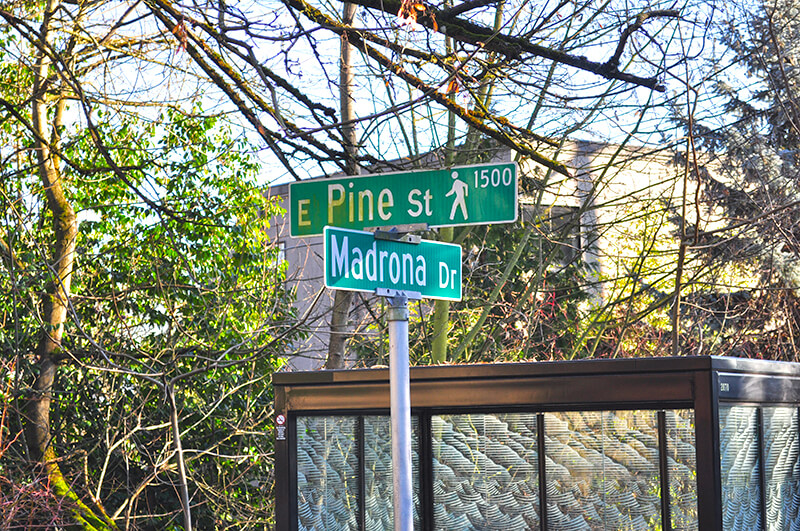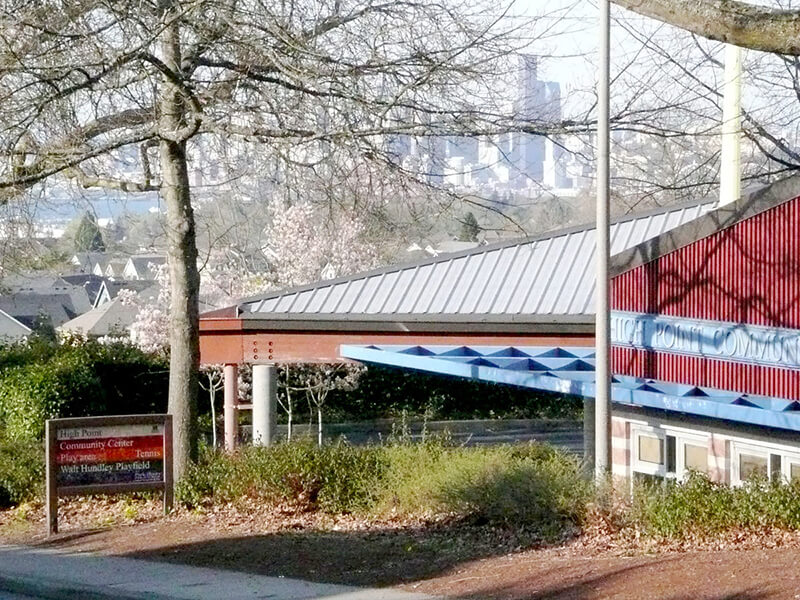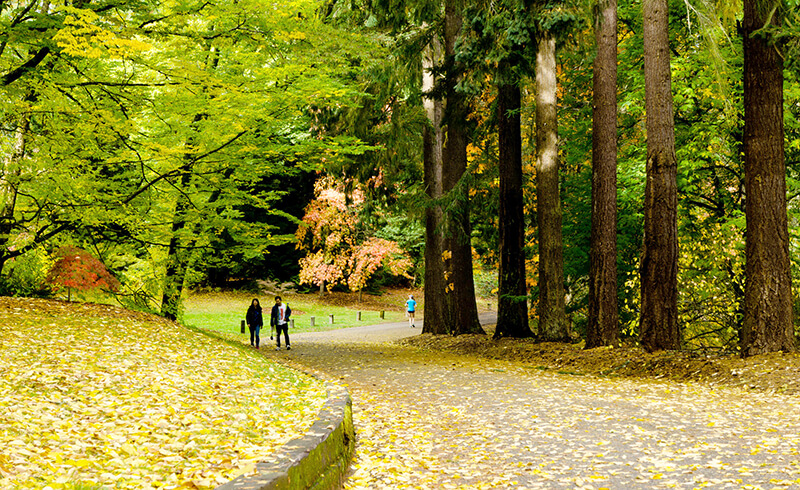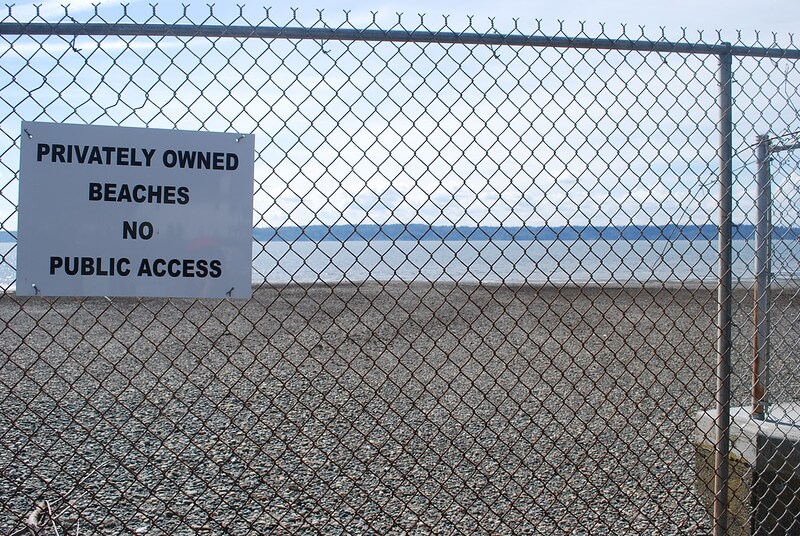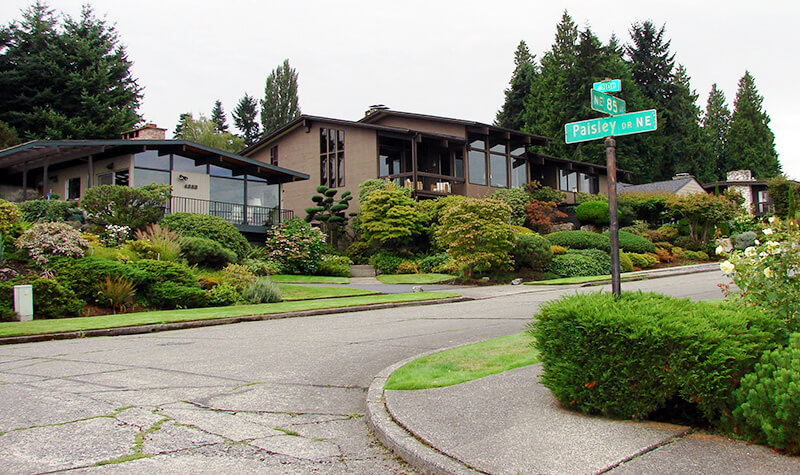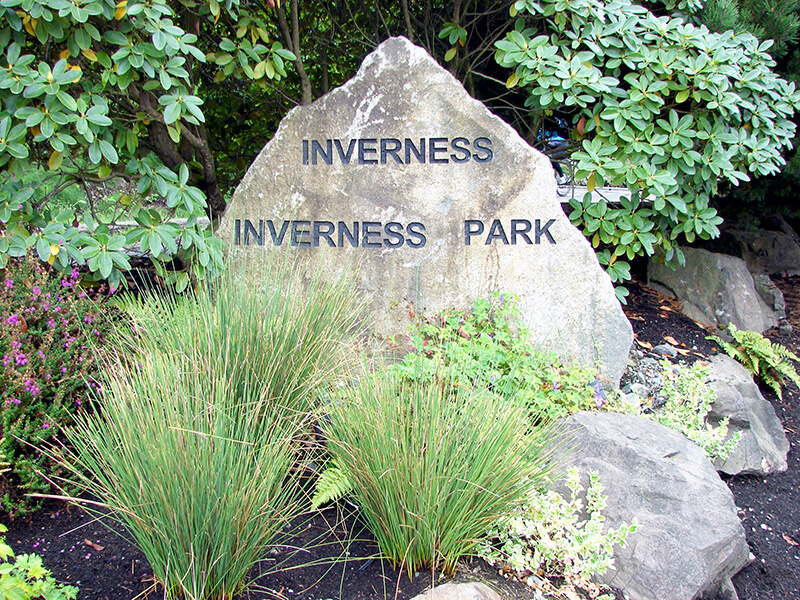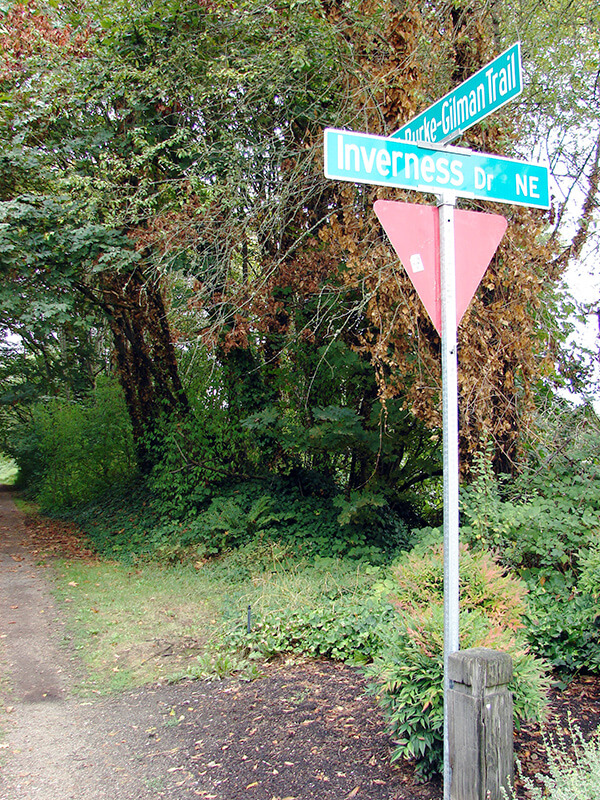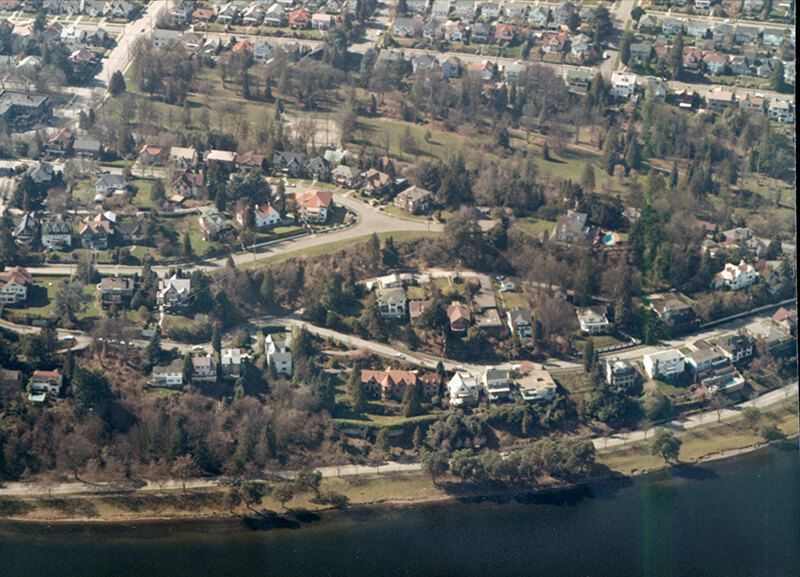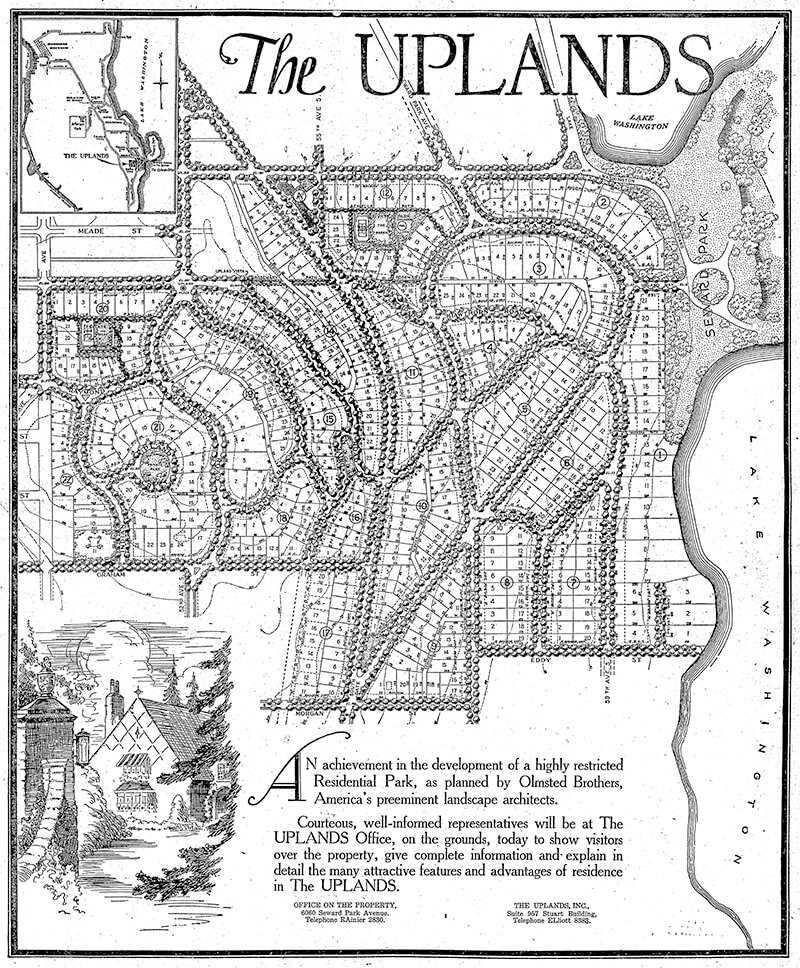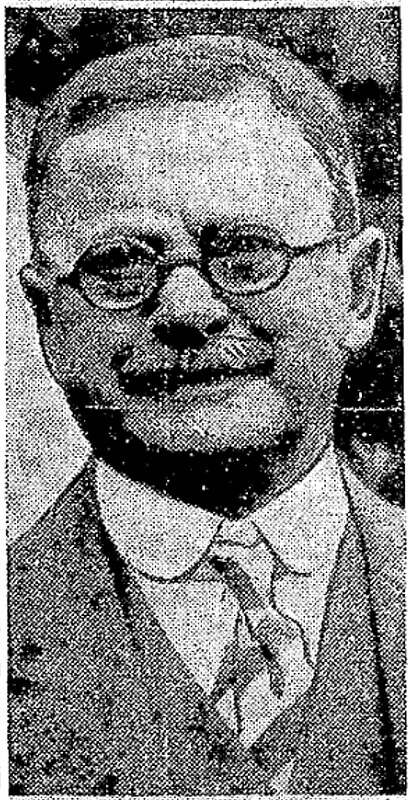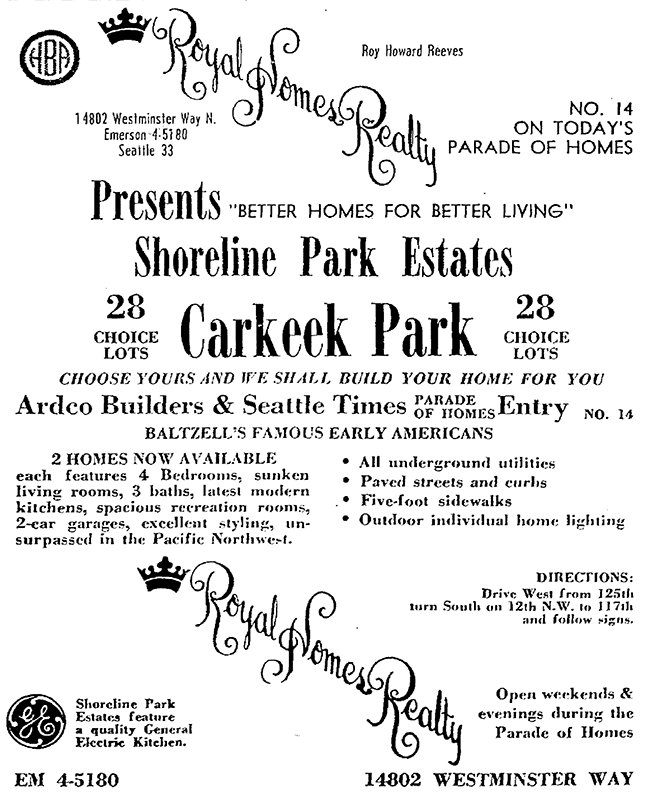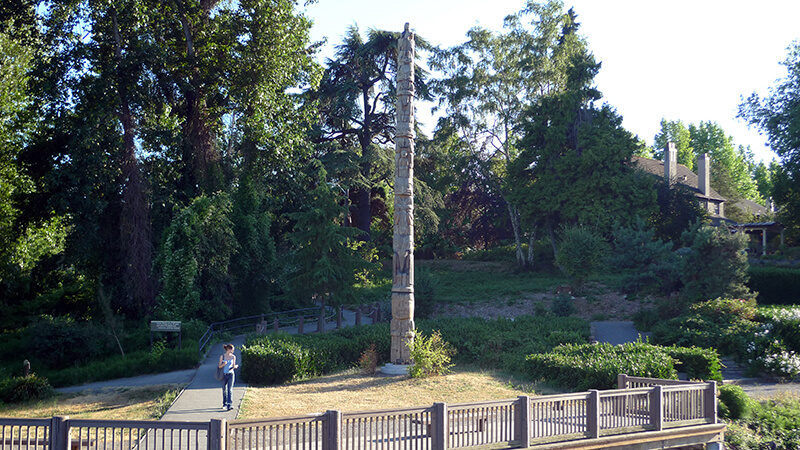This street was created in 1977 to connect the proposed NOAA Western Regional Center to Sand Point Way NE. It was unnamed for many years, but was finally signed sometime before 2009, when the below picture was taken. NOAA, of course, stands for the National Oceanic and Atmospheric Administration, which built its regional headquarters on the northern portion of the decommissioned Sand Point Naval Air Station.
NE NOAA Drive begins at Sand Point Way NE between NE 77th Street and the Fairway Estates access road and goes ¼ mile east to the beginning of a mile-long loop through the NOAA campus.
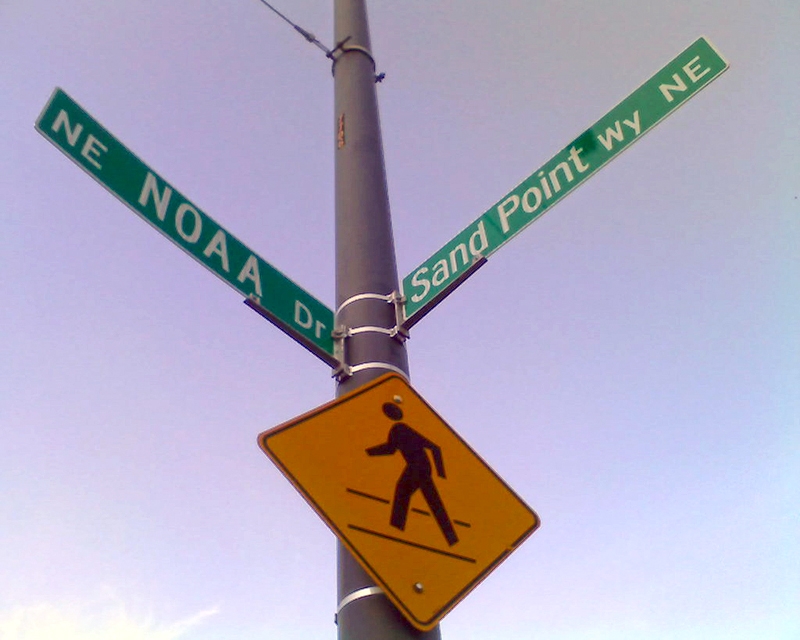
Born and raised in Seattle, Benjamin Donguk Lukoff had his interest in local history kindled at the age of six, when his father bought him settler granddaughter Sophie Frye Bass’s Pig-Tail Days in Old Seattle at the gift shop of the Museum of History and Industry. He studied English, Russian, and linguistics at the University of Washington, and went on to earn his master’s in English linguistics from University College London. His book of rephotography, Seattle Then and Now, was published in 2010. An updated version came out in 2015.
